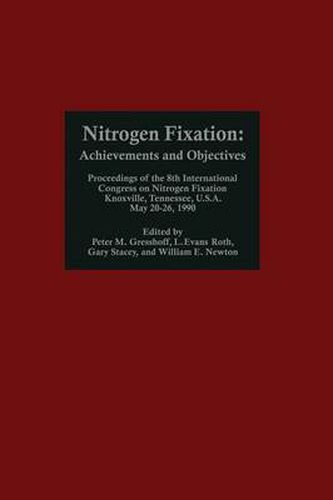Readings Newsletter
Become a Readings Member to make your shopping experience even easier.
Sign in or sign up for free!
You’re not far away from qualifying for FREE standard shipping within Australia
You’ve qualified for FREE standard shipping within Australia
The cart is loading…






This title is printed to order. This book may have been self-published. If so, we cannot guarantee the quality of the content. In the main most books will have gone through the editing process however some may not. We therefore suggest that you be aware of this before ordering this book. If in doubt check either the author or publisher’s details as we are unable to accept any returns unless they are faulty. Please contact us if you have any questions.
We are witnessing an increased awareness of the earth’s environment. Examples are easily seen in the rise of ‘Green Parties’ across Europe, North America, Australasia, and lately Eastern Europe. The public outcry following industrial mishaps in Alaska, Chernobyl, Basel, and Bhopal, as well as the renewed legislative activity, such as the Clean Air Act in the USA and the European Community directive to member nation concerning the control of release of genetically engineered organisms are further examples of the general interest in the biosphere. The ‘Ozone hole’, ‘Greenhouse gases’, and ‘Genetically engineered Microorganisms’ have gained public profiles, and are discussed widely in newspapers, magazines and the electronic media. A recent educational survey of nations, belonging to the Organisation for Economic Co-operation and Development (OECD) showed that school children are more literate with ecological terms (as listed above) than with ‘pure’ scientific terms, like ‘phloem’, ‘mitosis’, ‘proton’, or ‘Jurasic period’. Perhaps the increase in awareness is cyclical, being fed by non-scientific, sociological and economic advances. The late 1960s/early 1970s saw a major increase in environmental consciousness. Anti-pollution groups were founded, healthfood shops and naturopathy became acceptable as did recycling, the use of lead-free gasoline, and the reduced usage of environmental toxins, like DDT and PCB. For example, Monsanto Chemical Company instigated a self-imposed halt to the manufacture of PCB in the mid-seventies. Chemical companies started to look at biodegradable herbicides, slow release fertilizers, and specifically targeted pesticides.
$9.00 standard shipping within Australia
FREE standard shipping within Australia for orders over $100.00
Express & International shipping calculated at checkout
This title is printed to order. This book may have been self-published. If so, we cannot guarantee the quality of the content. In the main most books will have gone through the editing process however some may not. We therefore suggest that you be aware of this before ordering this book. If in doubt check either the author or publisher’s details as we are unable to accept any returns unless they are faulty. Please contact us if you have any questions.
We are witnessing an increased awareness of the earth’s environment. Examples are easily seen in the rise of ‘Green Parties’ across Europe, North America, Australasia, and lately Eastern Europe. The public outcry following industrial mishaps in Alaska, Chernobyl, Basel, and Bhopal, as well as the renewed legislative activity, such as the Clean Air Act in the USA and the European Community directive to member nation concerning the control of release of genetically engineered organisms are further examples of the general interest in the biosphere. The ‘Ozone hole’, ‘Greenhouse gases’, and ‘Genetically engineered Microorganisms’ have gained public profiles, and are discussed widely in newspapers, magazines and the electronic media. A recent educational survey of nations, belonging to the Organisation for Economic Co-operation and Development (OECD) showed that school children are more literate with ecological terms (as listed above) than with ‘pure’ scientific terms, like ‘phloem’, ‘mitosis’, ‘proton’, or ‘Jurasic period’. Perhaps the increase in awareness is cyclical, being fed by non-scientific, sociological and economic advances. The late 1960s/early 1970s saw a major increase in environmental consciousness. Anti-pollution groups were founded, healthfood shops and naturopathy became acceptable as did recycling, the use of lead-free gasoline, and the reduced usage of environmental toxins, like DDT and PCB. For example, Monsanto Chemical Company instigated a self-imposed halt to the manufacture of PCB in the mid-seventies. Chemical companies started to look at biodegradable herbicides, slow release fertilizers, and specifically targeted pesticides.